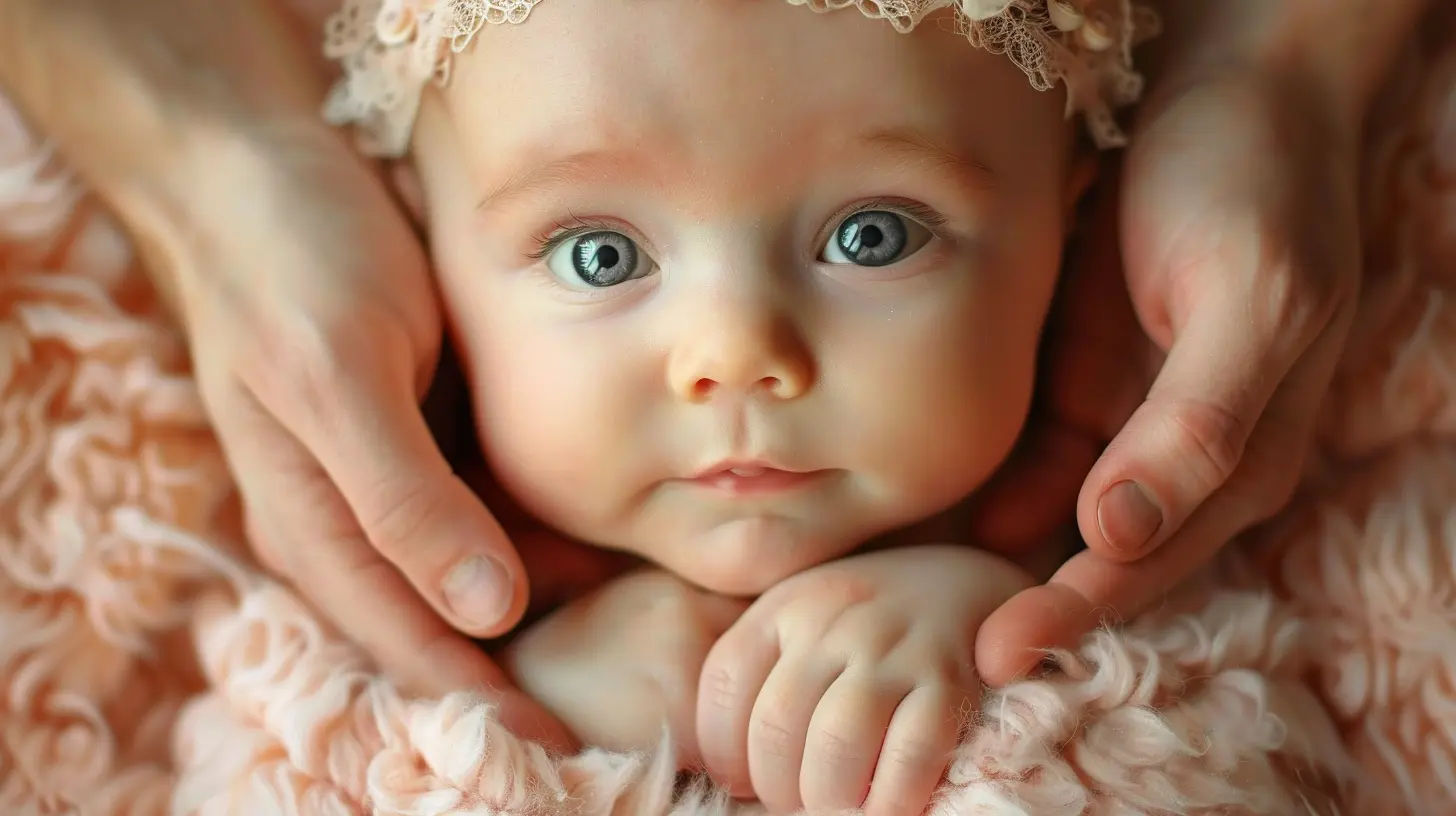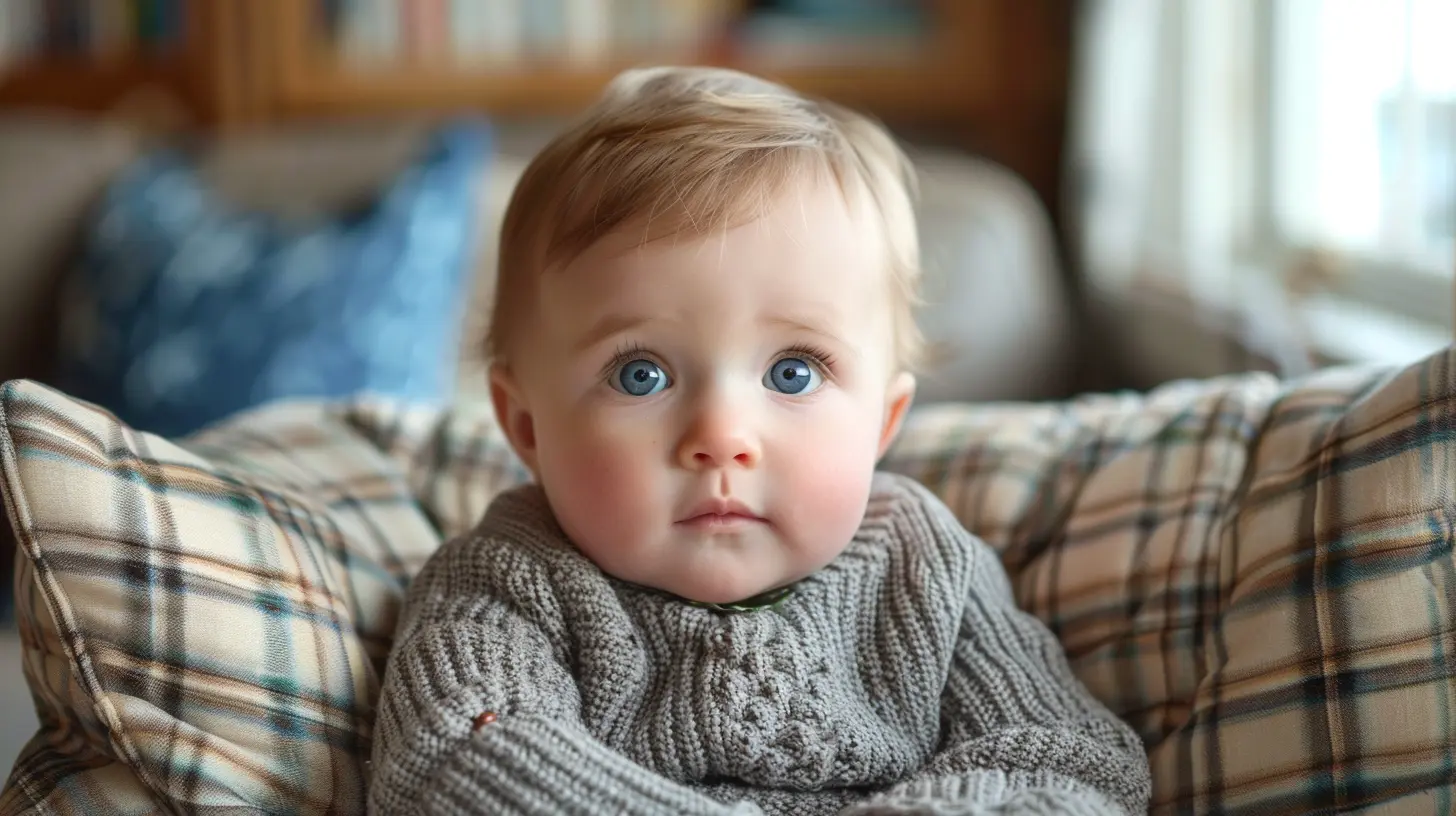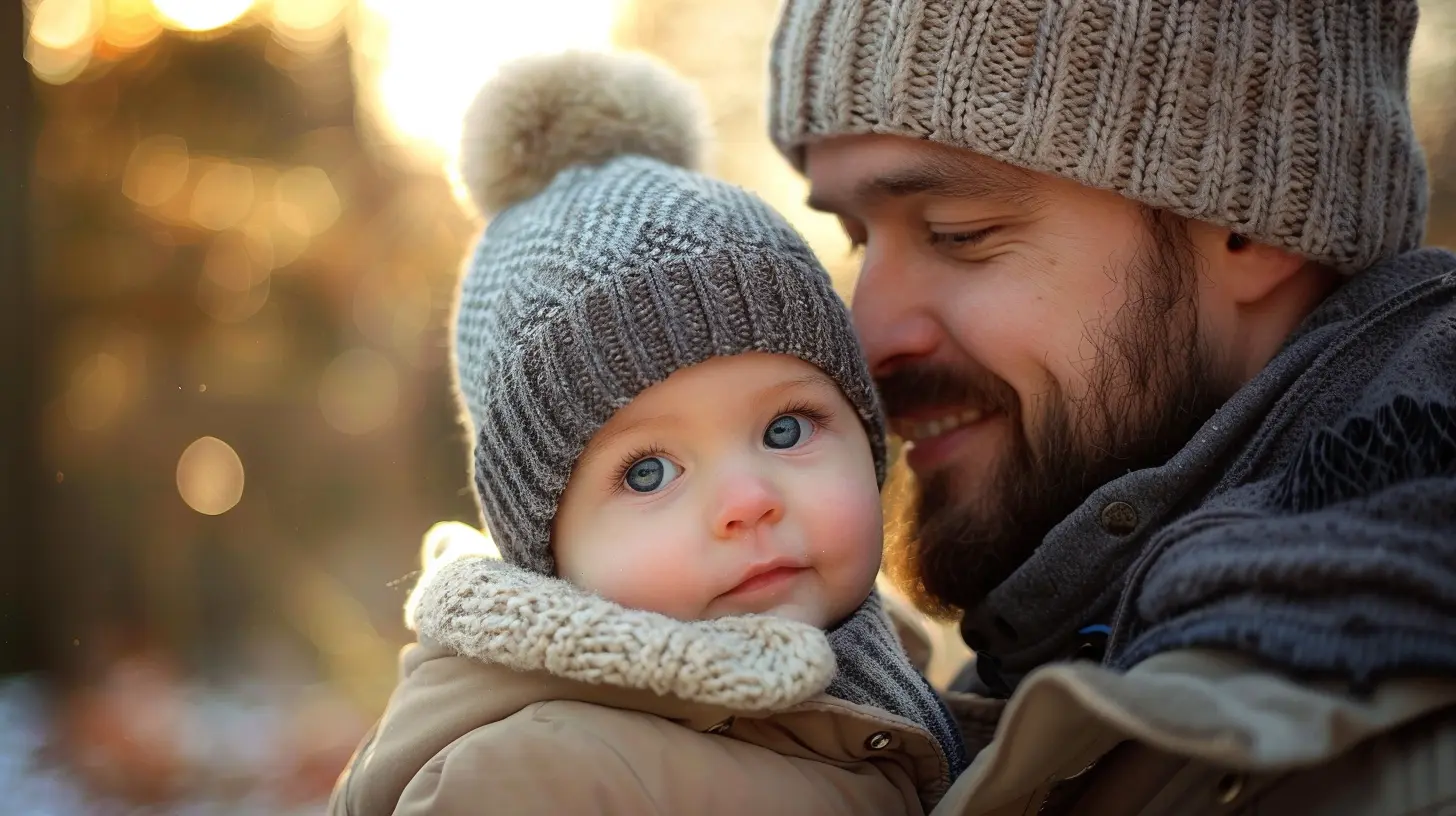Transitioning from Baby to Toddler: Maintaining a Strong Attachment in New Phases
12 October 2025
Ah, the toddler years — an exciting, messy, overwhelming, beautiful phase where your once cuddly, milk-drunk baby starts turning into a little person with big opinions and even bigger emotions. It's a time filled with milestones, mischief, and transformation not just for your child, but for you as a parent too.
The shift from babyhood to toddlerhood often sneaks up on us. One day, you’re rocking a sleepy infant, and the next, you're chasing a tiny tornado who insists on putting peanut butter in their hair. As your child grows more independent, it’s completely natural to wonder:
"How can I keep our bond strong through all these changes?"
Well, the good news is — you totally can. In fact, with intentional effort, your connection can grow even deeper. In this article, we'll dive into how to maintain a secure, loving attachment as your little one steps into the wild world of toddlerhood.
What Does "Attachment" Really Mean?
Let’s start with the basics. Attachment isn’t just about snuggles and kisses (although those are important too). It’s the emotional bond your child has with you — that sense of security, trust, and connection that helps them feel safe to explore the world.Think of it like emotional Velcro. In the baby days, that Velcro is tight — they’re relying on you for everything. But as they grow, they start testing their independence. It might seem like they’re pulling away, but in reality, your toddler is checking to see if that Velcro still sticks.
Your job? Make sure it does.
The Big Shift: From Baby to Toddler
Around 12 to 18 months, you’ll notice changes that mark the toddler transition:- They start walking (or running — seriously, where’s the off switch?)
- They develop preferences and opinions (say hello to "No!" and "Mine!")
- Language starts to bloom
- They become curious explorers, testing every boundary (and your patience)
This period of rapid development is exciting, but also… exhausting. Your toddler’s developing brain is craving independence, but also security. It's a tug-of-war between "I do it myself!" and "Hold me, Mama!"
So how do we balance that?
Simple (ish): By showing up consistently. Emotionally, mentally, and physically.
Why Attachment Still Matters (Yes, Even When They're Screaming "NO!")
Just because your toddler wants to brush their own teeth or chooses Daddy over you one day doesn’t mean your connection is fading. Quite the opposite. Toddlers thrive when they know they can explore with the reassurance of a secure base — and that base is you.Secure attachment during toddlerhood leads to:
- Higher emotional intelligence
- Better stress management
- Stronger social skills
- Greater confidence and independence
In short: staying connected now builds the launchpad for their future.
Signs Your Attachment Is Strong (Even If It Doesn't Feel Like It)
Let’s be honest — it doesn’t always feel like your bond is thriving when your toddler is throwing a tantrum in the cereal aisle.But here are some subtle signs that your connection is rock solid:
- They come to you when they’re hurt or scared
- They show separation anxiety (it's annoying, but healthy!)
- They imitate your actions and expressions
- They seek your approval after doing something new
- They have meltdowns… because they feel safe with you
See? You’re doing better than you think.
10 Powerful Ways to Maintain a Strong Attachment in the Toddler Years
Now let’s break down some practical, real-life strategies you can use to keep that emotional Velcro strong through this rollercoaster phase.1. Slow Down & Be Present
Yep, we’re starting with the hardest part in today’s busy world: slowing down.Even 10 minutes of uninterrupted, phone-away, face-to-face connection can mean the world to your toddler. Let them lead a play session. Get on their level, literally. Make eye contact. Be silly.
They’re not asking for hours of perfection — just moments of real presence.
2. Honor Their Big Feelings
Toddlers feel everything intensely — joy, anger, frustration, excitement. Their emotional cup is often overflowing, and they don’t yet have the words or self-regulation to cope.Validate their emotions even if you don’t agree with their behavior. Say things like:
- “You’re really upset right now. I hear you.”
- “It’s okay to feel sad. I’m right here.”
All feelings are allowed. Not all behaviors are. That’s your parental power.
3. Set Boundaries with Love
It might surprise you, but boundaries actually strengthen attachment. They make toddlers feel safe.Be consistent, kind, and firm. Toddlers test limits because they’re trying to understand the world. When you say "no" with empathy (instead of exploding), they learn that you’re a safe, predictable leader.
4. Use Routines to Create Security
Toddlers love predictability. It makes life feel less scary. Establishing simple daily rhythms — like consistent wake-up times, meals, and wind-down rituals — creates a sense of safety.Routines say: “The world is wild, but you can count on me.”
5. Infuse Physical Touch Often
Never underestimate the power of a hug. Or a snuggle. Or even a playful wrestling match (toddler-style).Touch grounds them. It says, “I love you” in a language toddlers speak fluently.
Make it a habit — morning hugs, couch cuddles, bedtime back rubs. Fill their touch tank often.
6. Practice Positive Discipline
Instead of punishments, try redirection, natural consequences, and modeling behavior.When you stay calm and connected during discipline, you’re teaching your toddler how to manage conflict with respect — a skill they’ll carry for life.
7. Offer Choices To Empower & Connect
Power struggles? Welcome to toddlerhood. Offering them small choices — like which snack to eat or what shoes to wear — helps them feel in control and reduces battles."Do you want the red cup or the blue one?" is toddler gold.
When they feel like they have a say, they’re more likely to cooperate.
8. Replace "Time-Out" With "Time-In"
When your toddler is melting down, they need connection, not isolation.Try sitting with them, breathing together, or rocking quietly — known as a "time-in." It creates a safe space to calm and reconnect.
Discipline isn’t about pushing them away — it’s about walking them back to center.
9. Play With Them (Even if It’s the 10th Game of Peekaboo)
Play is a toddler’s love language. It builds trust, rapport, and joy.Yes, it can feel repetitive. But to them, it’s magic. And when we play at their level, we’re telling them, "You matter enough for me to enter your world."
Those giggles? That’s bonding in action.
10. Speak Love Daily (And Often)
Say it out loud. Write it in notes. Sing it in silly songs.Say things like:
- “I love spending time with you.”
- “You make me smile.”
- “I’m so proud of you.”
- “Even when you’re upset, I’m here.”
Your words shape their inner voice. Make it one of love and security.
Don’t Panic When They Pull Away a Little (That’s Growth!)
Here's the twist: a securely attached toddler may actually start needing you less in obvious ways. They may venture further at the playground or want to sleep in their own bed.That’s okay. That means the attachment is working.
They’re launching out… because they know they can come back.
Your job isn’t to hold them tight forever — it’s to be their safe harbor when they return.
What If You're Struggling With Connection?
Parenting a toddler is hard. Like, really hard. There will be days you feel disconnected, frustrated, or even guilty.It doesn’t mean you’re failing.
It means you’re human.
Repair is more important than perfection. If you yell, lose your patience, or miss a cue — circle back. Apologize. Hold them. Try again.
Attachment isn’t built in perfect moments. It’s built in consistent, loving repairs.
Final Thought: You’ve Got This
Transitioning from baby to toddler is like watching your heart run around outside your body — gleefully pulling all the pots out of the kitchen cabinet.It’s wild. It’s sweet. It’s challenging.
But through it all, your love is the anchor. And as long as you keep showing up with grace, empathy, and intentional connection, your bond with your toddler will not only survive, it'll thrive.
So deep breath, Mama. You’re doing a beautiful job.
Keep that Velcro tight.
all images in this post were generated using AI tools
Category:
Attachment ParentingAuthor:

Liam Huffman
Discussion
rate this article
1 comments
Briar Adams
Navigating the leap from baby to toddler can feel overwhelming! Embracing their growing independence while cherishing those little moments together makes all the difference. Here’s to joyful chaos and stronger bonds ahead!
October 24, 2025 at 3:08 PM

Liam Huffman
Absolutely! Embracing this transition with love and patience fosters strong bonds while celebrating their newfound independence. Here's to cherishing those beautiful moments!


